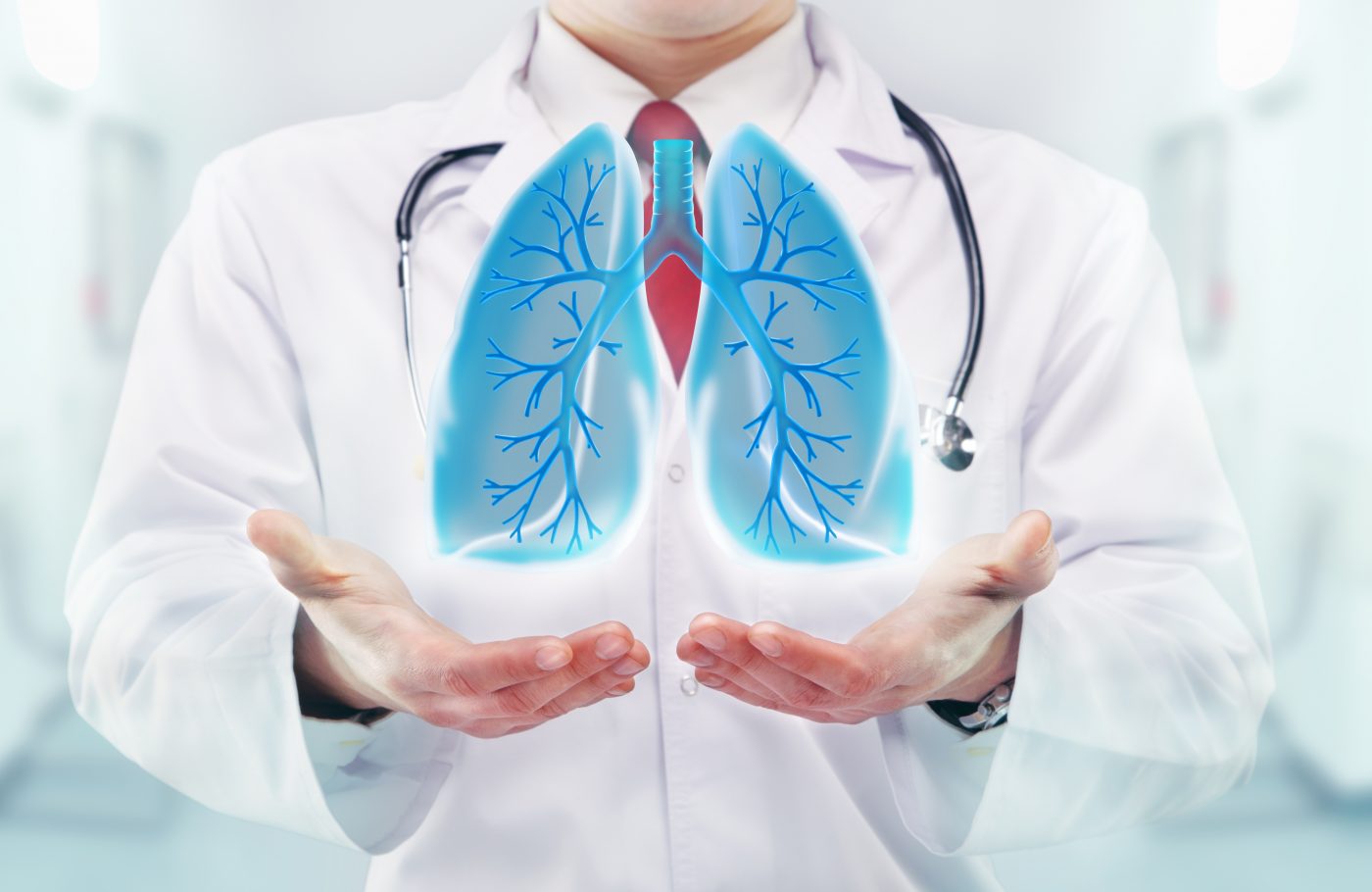New Lung-on-a-Chip Could Allow for Personalized PF Treatment
Written by |

A new lung-on-a-chip recreates complex lung structures using a patient’s own cells, providing a more precise model for studying disorders such as pulmonary fibrosis (PF), a study reported.
This second-generation model is expected to give researchers with a powerful new way to conduct basic lung research, and a faster, cheaper method for screening therapies and test precision medicines.
The study, “Second-generation lung-on-a-chip with an array of stretchable alveoli made with a biological membrane,” was published in the journal Communications Biology.
Much of our current understanding of how lung-altering disorders such as PF and chronic obstructive pulmonary disease develop and progress, and of how different medications work to counter them, comes from studies conducted in animals and in two-dimensional “sheets” of lab-grown cells.
Neither setting is ideal, as cells grown in vitro fail to recapitulate the complexity of a living lung, and work done in animals — often mice — is time-consuming, expensive, carries ethical concerns, and does not always translate to humans.
Researchers at the University of Bern, in Switzerland, have now developed a prototype next-generation lung-on-a-chip that reproduces vital structures like alveoli, where the exchange of oxygen and carbon dioxide in the blood occurs. As PF develops, scar tissue covers the thin membranes of the alveoli, preventing the exchange of these gases.
Although earlier models represented technological breakthroughs of their own, they lacked much of the intricacy of the living organism. Such complexity matters because of how tightly lung function depends upon lung microstructure, mechanical forces, and individual alveolar characteristics.
“The new lung-on-chip reproduces an array of alveoli with in vivo [living system] like dimensions,” Pauline Zamprogno, PhD, the study’s lead researcher, said in a university press release.
“It is based on a thin, stretchable membrane, made with molecules naturally found in the lung: collagen and elastin,” she added. “The membrane is stable, can be cultured on both sides for weeks, is biodegradable and its elastic properties allow mimicking respiratory motions by mechanically stretching the cells.”
The “chip” in this system is an almost-microscopic gold wire mesh, used to provide starting structure and to serve as a scaffold upon which cells can be grown.
In developing the new chip, Zamprogno and her colleagues transplanted two different types of human lung cells on either side of the chip’s membrane: epithelial cells on one side and endothelial cells on the other, as occurs in the lung. These cells readily adhered to the membrane and multiplied, growing for at least three weeks.
The applications of this technology could be broad, with the potential to advance both basic research and personalized medicine.
“The second generation lung-on-chip can be seeded with either healthy or diseased lung alveolar cells,” said Ralph Schmid, MD, head of thoracic surgery at Inselpsital, which collaborated on the project.
Importantly, these cells can come directly from a patient, allowing clinicians to better understand conditions such as PF on an individual level, and to test therapies specifically for that patient.
“This technology has the potential to become a powerful tool to investigate basic science questions, screen compounds in drug development, model lung diseases and identify the best treatment option for each patient in precision medicine,” the investigators wrote.
Zamprogno and her colleagues next plan to mimic a lung with idiopathic PF (IPF).
“My new project consists in the development of an IPF-on-chip model based on the biological membrane,” she said. “So far, we have develop[ed] a healthy air-blood barrier. Now it’s time to use it to investigate a real biological question.”





